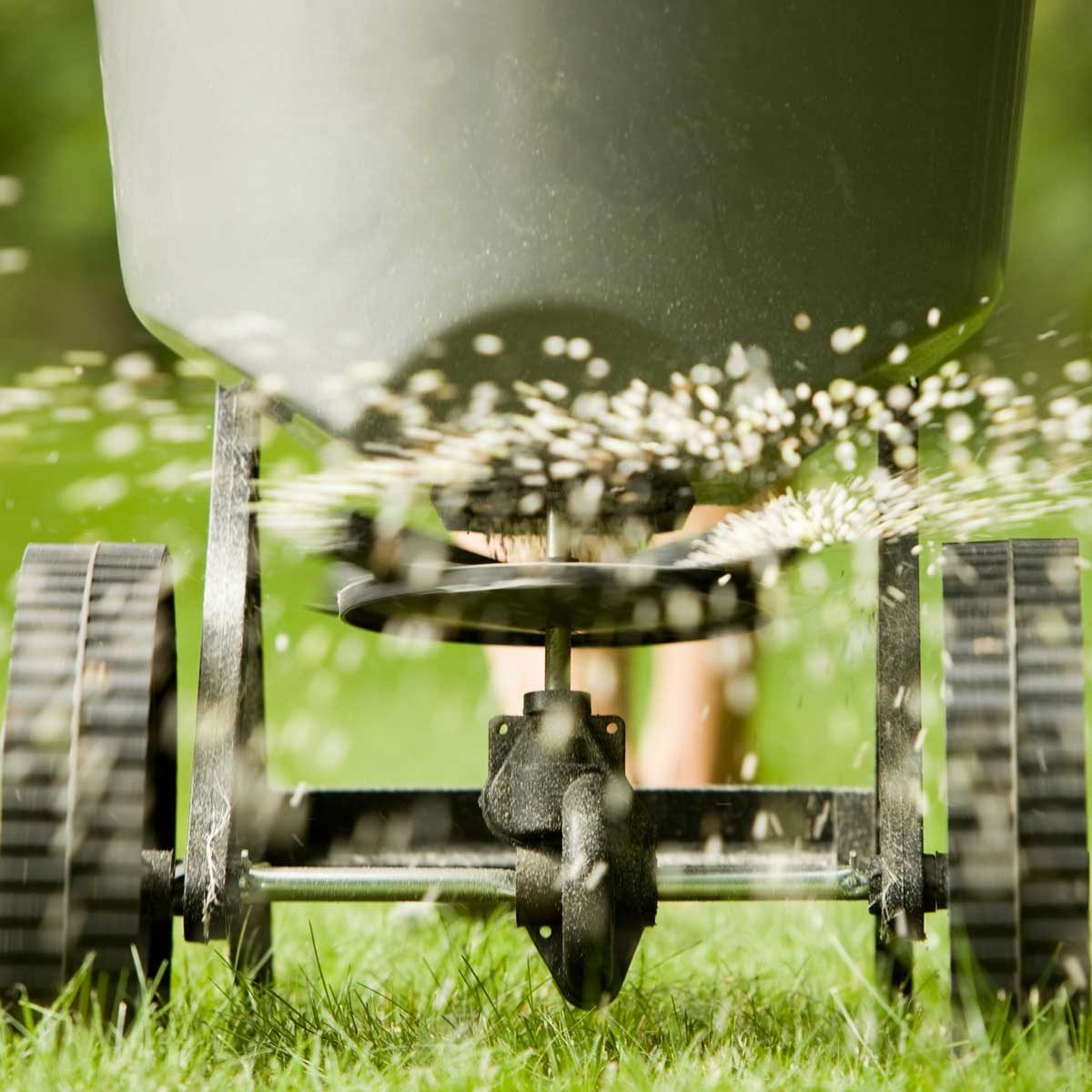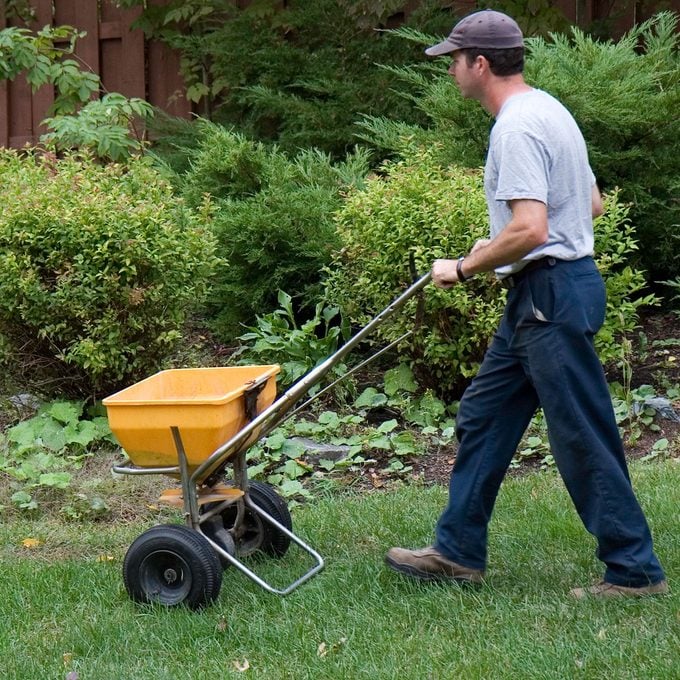As you wrap up your lawncare tasks for the year, consider a final application of fertilizer to get your lawn ready for Old Man Winter.

Should You Use Winter Fertilizer?

With fall well underway, now’s the time to spend a few minutes behind your fertilizer spreader (the Scotts Elite Spreader is an excellent pick) to help your lawn fight back on the harsh realities of winter.
On This Page
What Is Winter Fertilizer?
Don’t let the term fool you. Winter fertilizers are applied in the fall in preparation for winter weather. A winter fertilizer, aka fall fertilizer (whatever you want to call it, really), is a great way to feed your lawn one last time before you put it to bed for the year.
Your lawn goes through a lot during the summer. Heavy use, shade, disease, weeds, insects, and ground compaction all take their toll. By the time fall arrives your lawn is looking for a “pick-me-up.” Applying a fall/winter fertilizer as part of your fall lawn care routine is a great way to get your lawn healthy again after a stressful growing season and before it greens up again in the spring. Just be sure to know when to fertilize the lawn in fall — six to eight weeks before the first frost.
How Do You Choose the Best Winter Fertilizer?
Besides a dose of nitrogen, a quality winter fertilizer should include a good amount of potassium, too. A 2:1 to 1:2 ratio of nitrogen to potassium, the first and third numbers of the fertilizer analysis, will ensure your grass gets the nutrient balance it needs. Nitrogen will help restore your lawn’s carbohydrate reserves, giving it fuel leading into the winter months and early spring growth. Potassium gives your lawn the nutrients it needs in preparation for winter and again first thing in the spring to fend off stressors, like cold weather and snow mold activity.
Two good choices are Greenview Fall Lawn Food and Jonathan Green Winter Survival. If you’re looking for an organic option, there are good ones out there, like Espoma Organic Fall Winterizer.
If you live in a state that allows the application of phosphorus on lawns, look for a fertilizer with 4 percent or more of it, such as The Andersons Complete 16-4-8 Fertilizer + Humic DG. Phosphorus helps fortify your grass’s root system for better uptake of water and other important nutrients.

How Do You Use Winter Fertilizer and When Do You Apply It?
Apply fall/winter fertilizer like you would any other lawn food. Once you’ve chosen a winter fertilizer, the bag will tell you how much area it will cover. This will vary depending on the fertilizer analysis and the size of the bag. It’s always a good idea to split the application rate in half, applying it in two applications at right angles. This will prevent missing spots. And as always, it’s best to water-in the fertilizer, so apply it before a scheduled irrigation cycle or rain event.
The best time to apply a winter fertilizer depends somewhat on where you live. In general, try your best to apply it between September 1 and October 15. The farther north you live, the earlier you should apply it.
The goal is to have at least one month of active grass growing weather remaining before winter takes its grip. Applying too late can keep your grass too lush and potentially cause winter kill or snow mold issues in early spring. You want your grass to stop growing and harden off before the ground freezes. Following these guidelines will help prevent the need to repair your lawn from winter-related issues next spring.




















